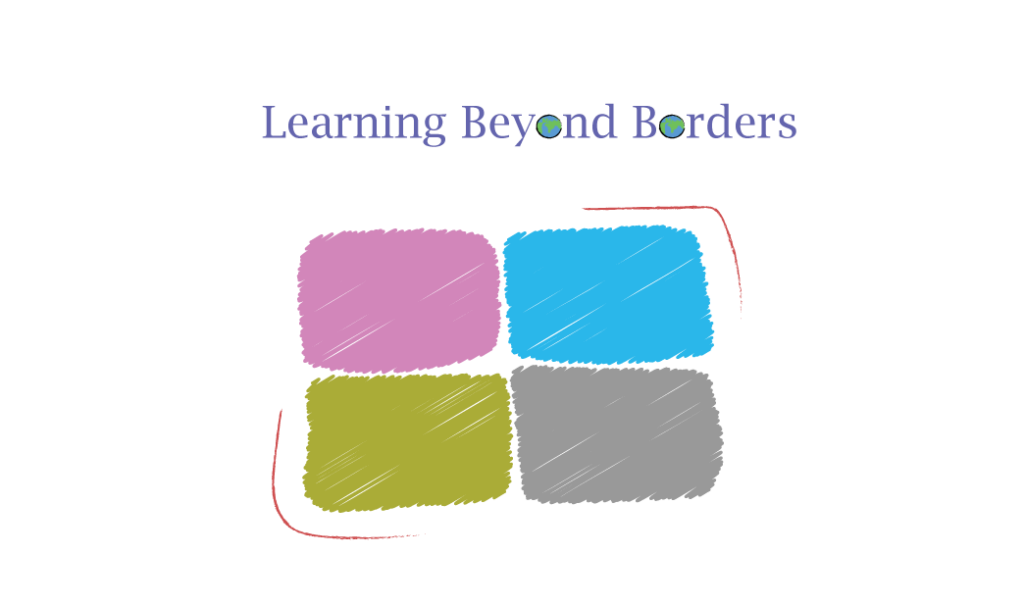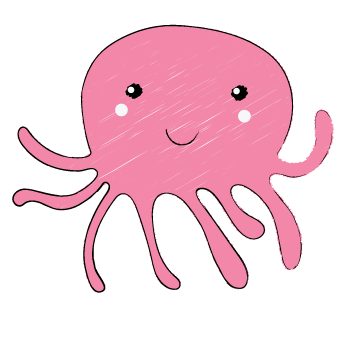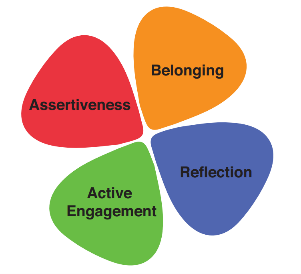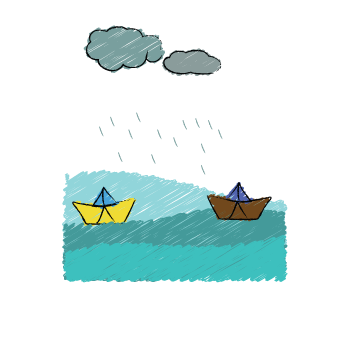
The Japanese word Kyokan means compassion or oneness. When children engage in activities such as play, movement, storytelling, social-emotional learning, and art making, it helps to establish a sense of belonging. Our work revolves around children, adolescents, and families, and we strongly believe in the importance of creating a trauma-sensitive environment for learning. We tailor our approach to meet the specific needs of each community we serve. And we accomplish this by establishing a welcoming environment for collaborative creation and information exchange based on the Trauma Ally model which aims to promote community healing and resilience. Four essential parts make up the framework:



Drawing on the Clover Model of Youth Development—which was influenced by Dr. Gil Noam and PEAR—the Learning beyond Border framework places a premium on the requirements of preteens and teenagers. All people, regardless of age, need to actively interact, be assertive, belong, and reflect in order to thrive, learn, and develop, according to the Clover Model. There is a significant function for each of the four model leaves. We all have all the leaves to a certain degree, and our tastes may even alter as we grow older, even though most people choose to zero down on just one. Those who commit to excelling in a single field tend to show their strengths and areas for improvement more clearly. Anyone, regardless of age, can achieve mental wellbeing by balancing the four Clover leaves.

When it comes to figuring out what children really need, Clover comes in handy. Childrens mental, emotional, and academic health can be improved through the creation of programmes that aim to nurture and help them find their own unique balance. Our framework is additionally based on a kinesthetic-emotional-cognition or ‘bottom-up’ approach where the first mode of intervention is initiated through somatic movements or sensory interaction, experienced through emotional integration and finally moved through intellect by storytelling or narrative therapy. Interestingly, physical sensation is addressed in every phase of this framework as our body holds memories and experiences that our words may fail to express. We make sure that socio-emotional learning in this multimodal framework, to enhance general wellbeing and promote mental health, becomes the crux of our foundation.
In addition, our framework is built on a kinaesthetic-emotional-cognition or “bottom-up” approach, where the initial mode of intervention begins with somatic movements or sensory interaction, then progresses through emotional integration, and finally reaches intellect through narrative therapy or storytelling. Because our bodies hold memories that words alone can’t always convey, it’s fascinating that physical sensation is considered at every stage of this framework. To improve overall health and mental wellness, we center our work on socio-emotional learning within this multimodal framework.

Kyokan Foundation is a nonprofit NGO focusing on Trauma Work and
Social Justice through trauma informed expressive arts, Socio Emotional
Learning (SEL) in education and comprehensive sexuality education
(CSE). Registered under Section 8 of the Indian Companies Act,
donations are tax-exempt under Section 80G.
A/C Name: KYOKAN FOUNDATION
A/C number: 922020011470448
IFSC: UTIB0002780
Swift Code: AXISINBB005
Name and Branch: Axis Bank Ltd, Park Street Branch
Kyokan Foundation is a nonprofit NGO focusing on Trauma Work and
Social Justice through trauma informed expressive arts, Socio Emotional
Learning (SEL) in education and comprehensive sexuality education
(CSE). Registered under Section 8 of the Indian Companies Act,
donations are tax-exempt under Section 80G.